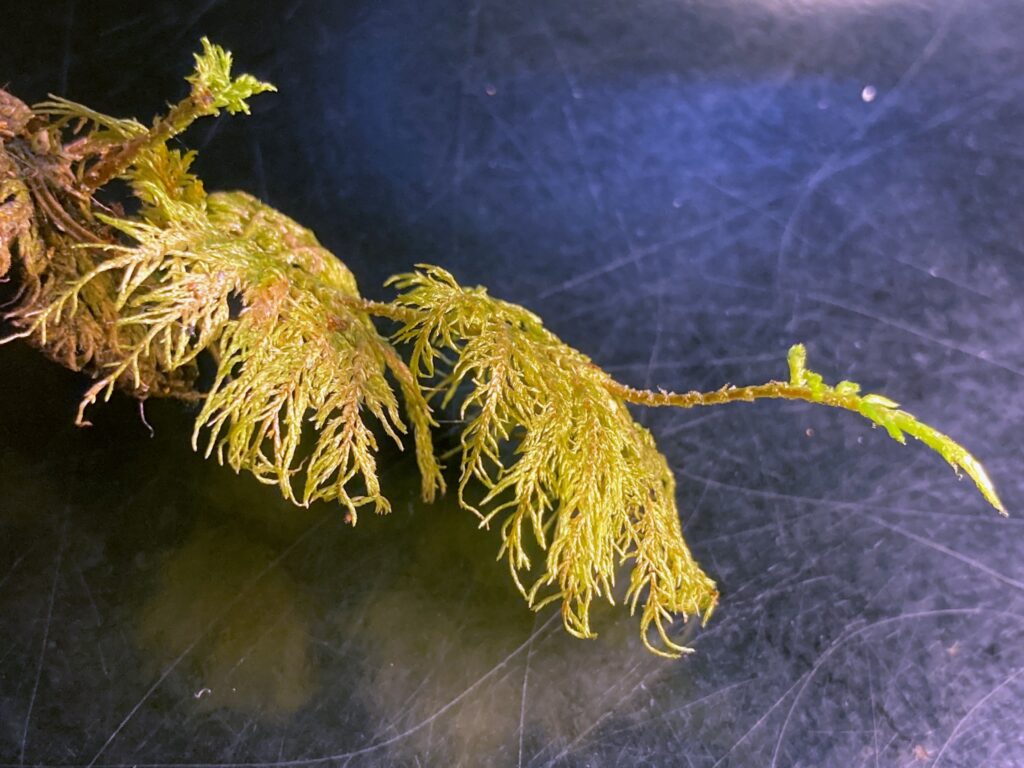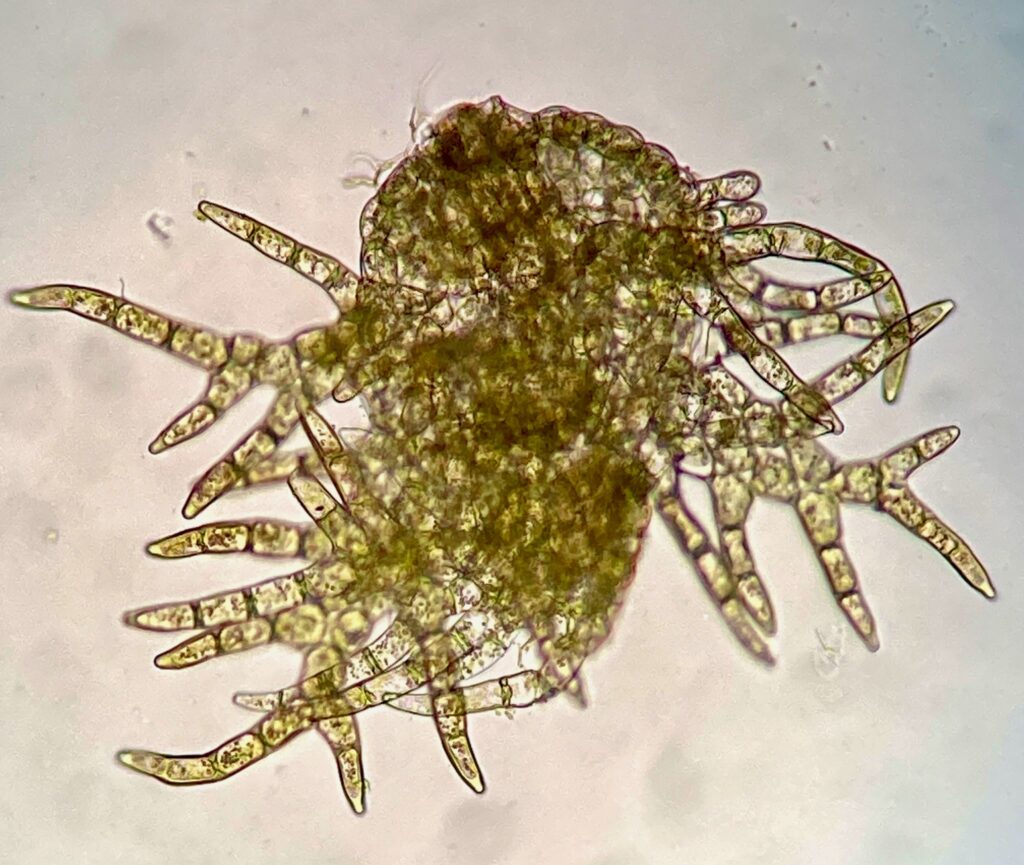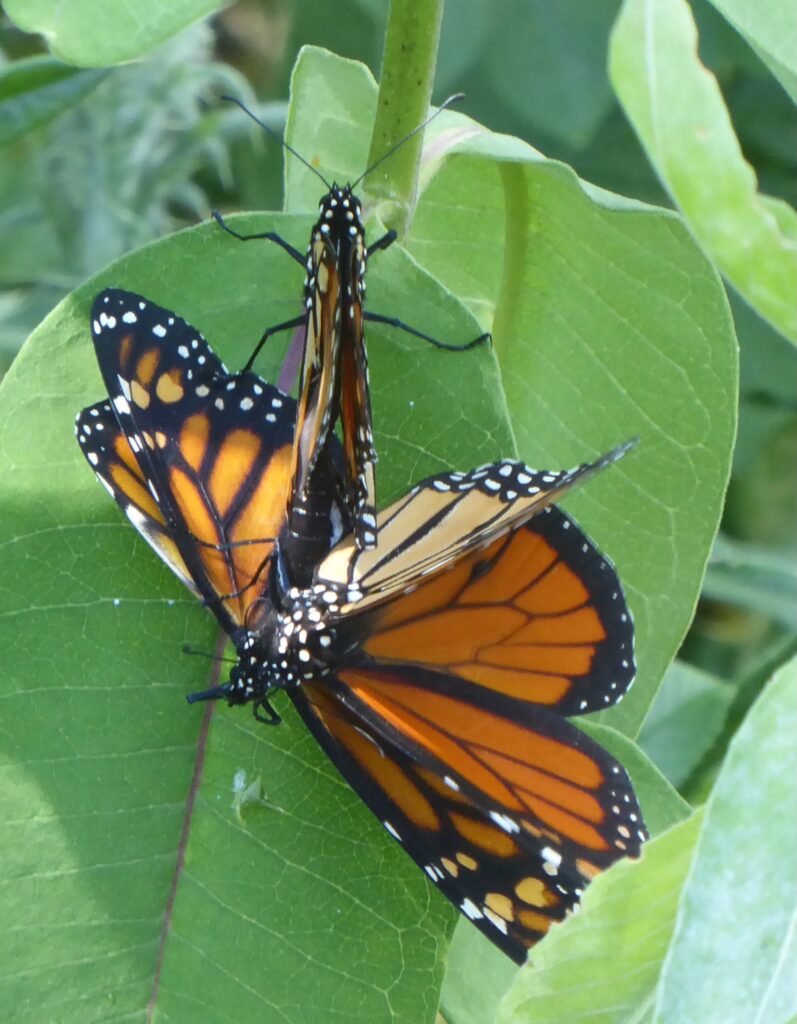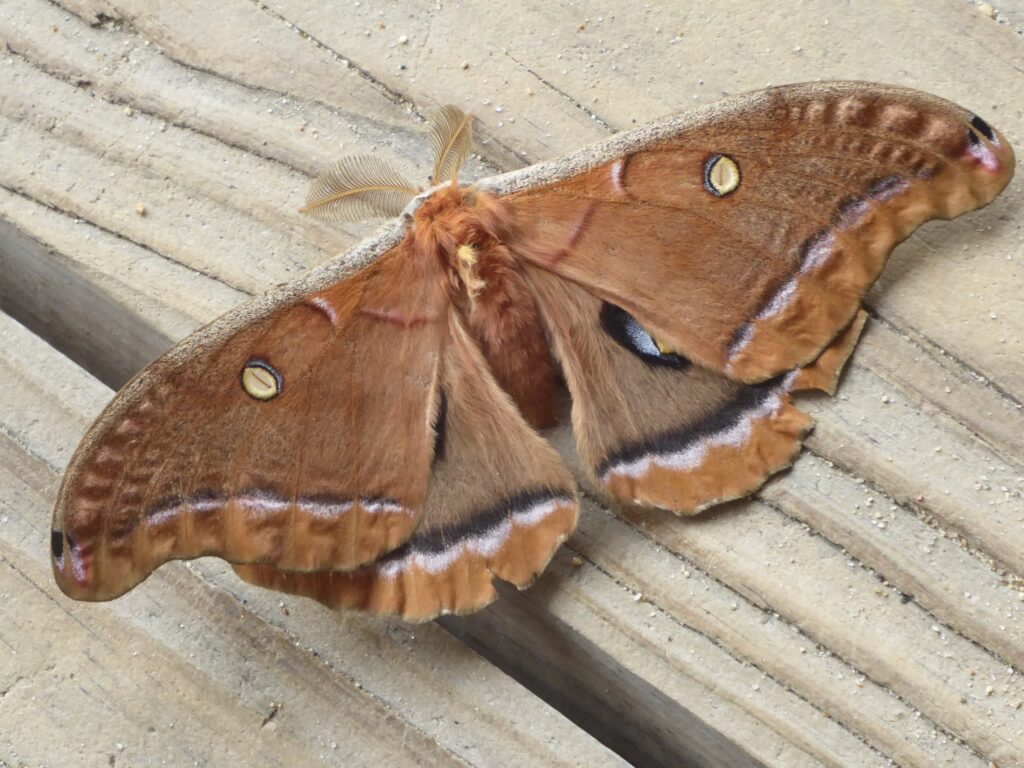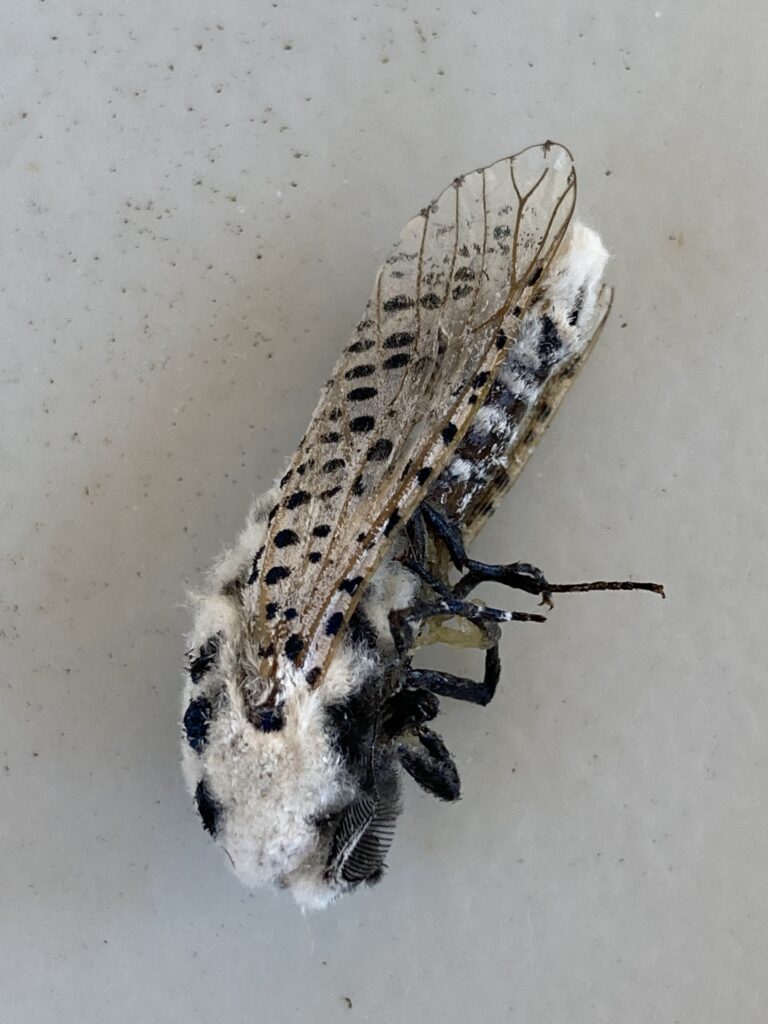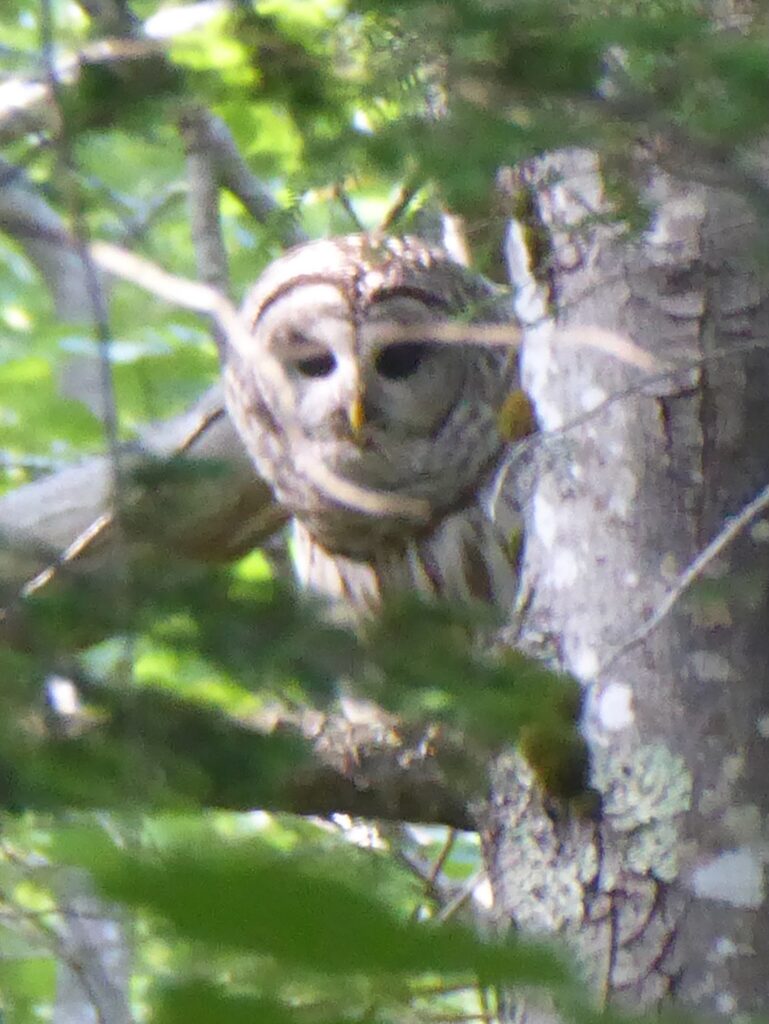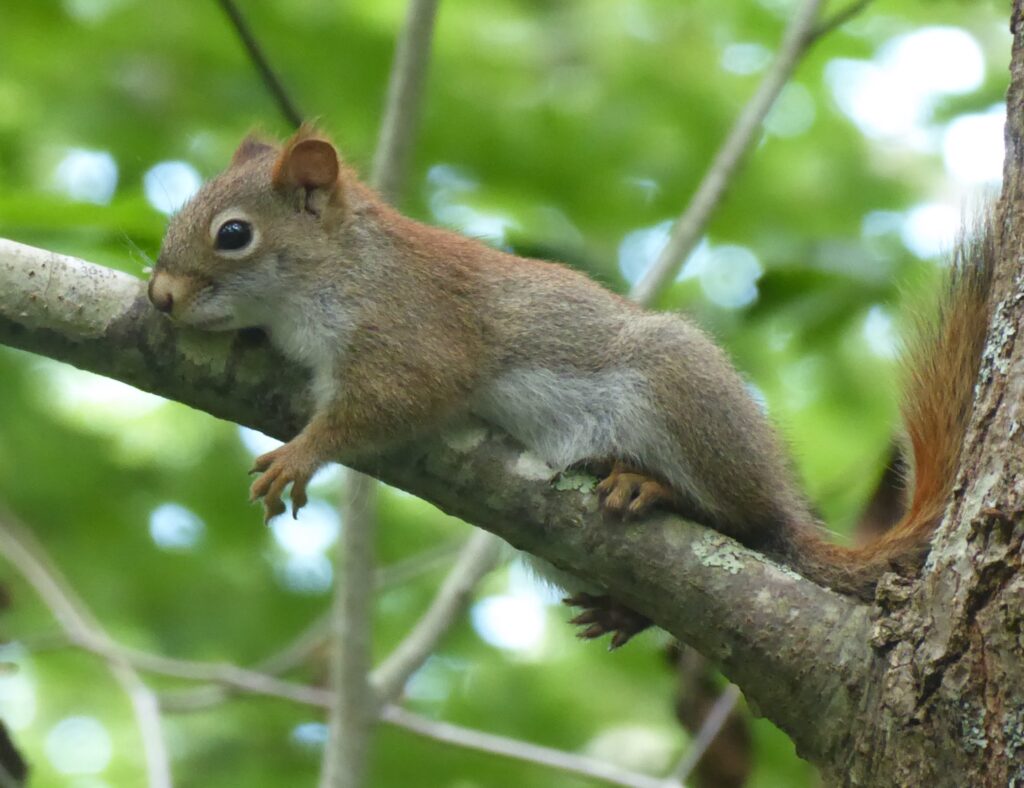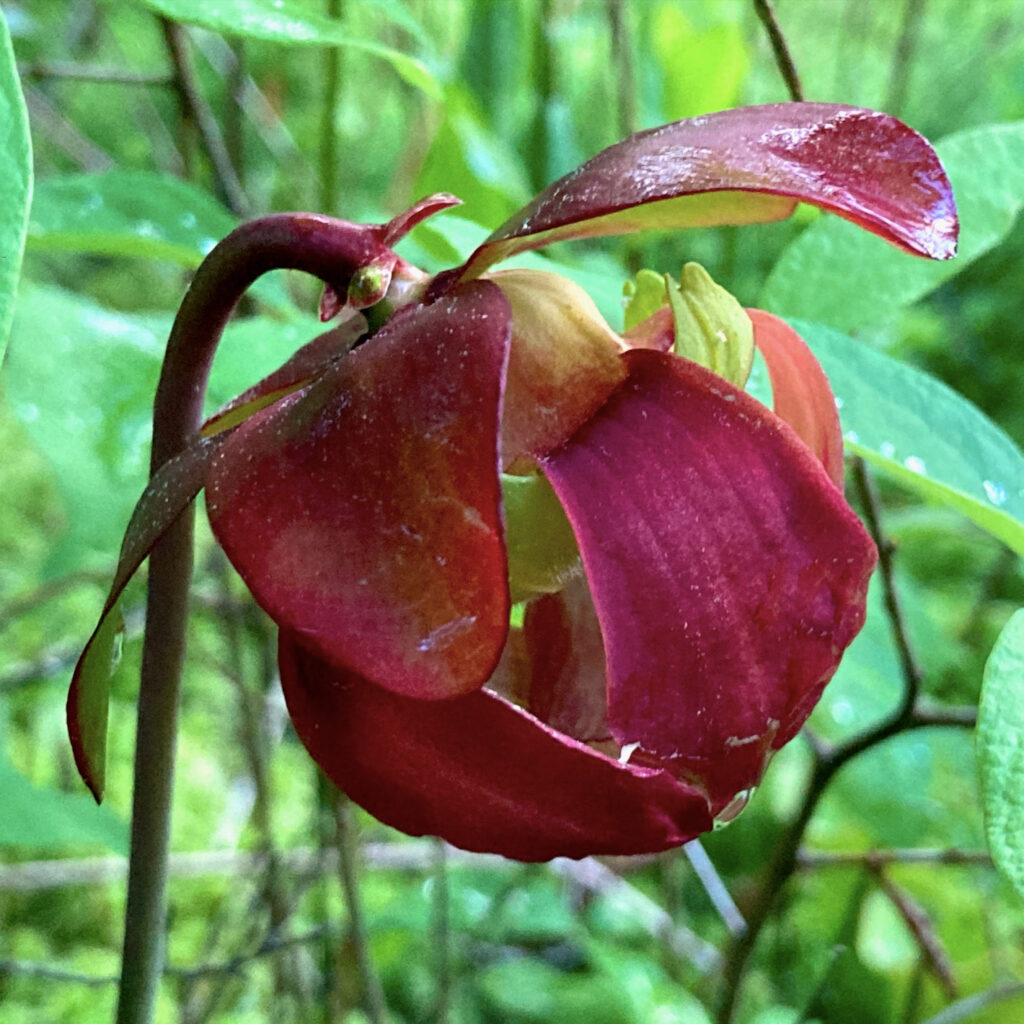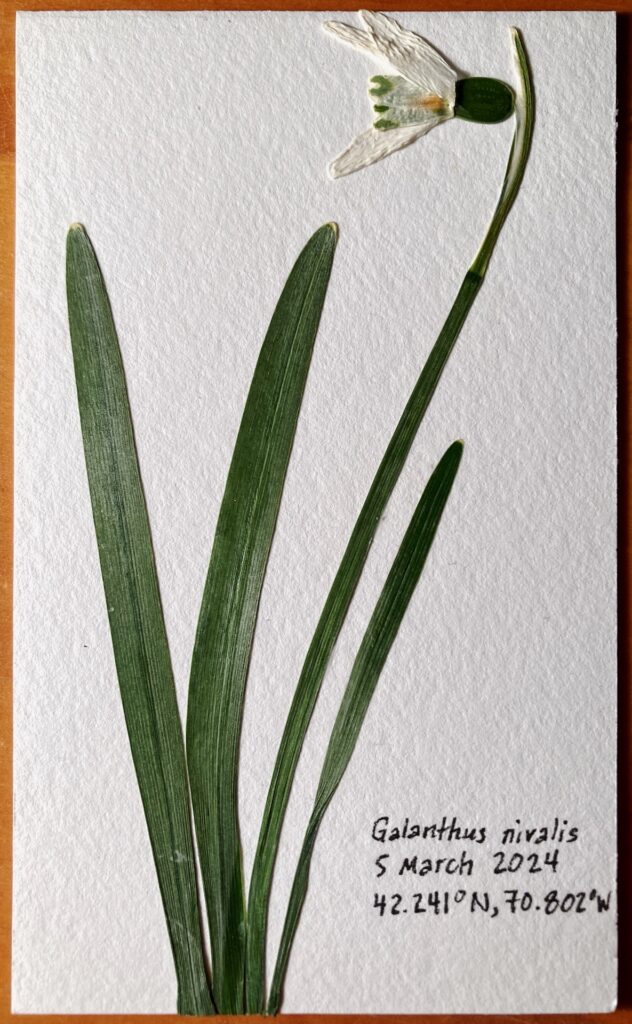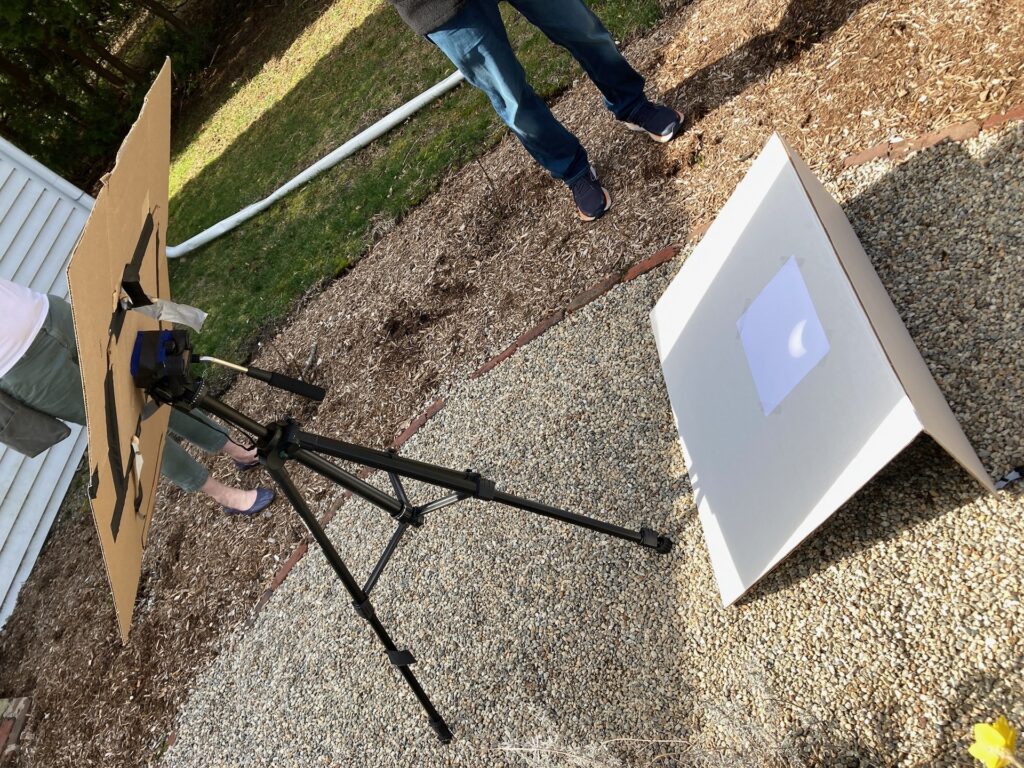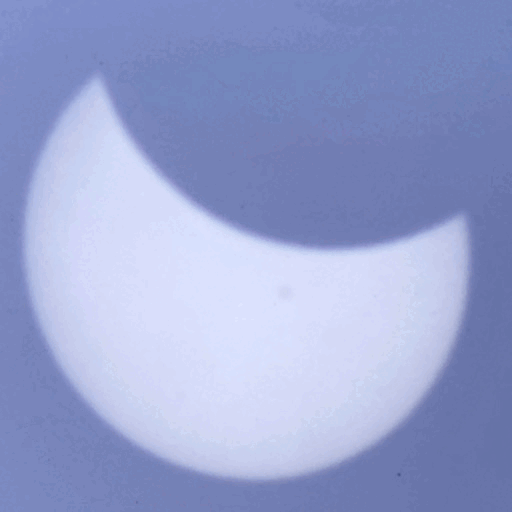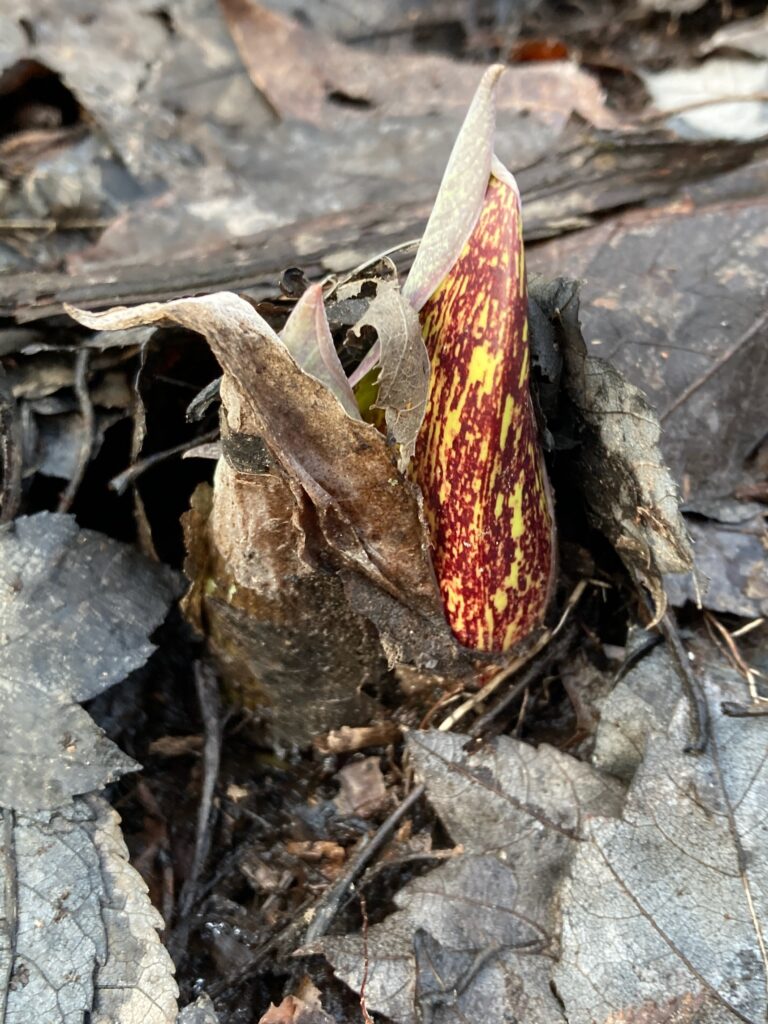I first met Maggi in 2003. It was at the opening celebration for the 2009 General assembly of the Unitarian Universalist Association, held that year in Boston. I went up into the balcony of the venue, where it was less crowded and I could be closer to the stage. I sat down next to a friendly-looking gray-haired woman, who soon struck up a conversation. We quickly discovered that we had both been born Unitarians — she into the Belfast, Ireland, Unitarian church, and I into the Concord, Massachusetts, Unitarian church (I was born just before merger with the Universalists, so it was still a Unitarian church). Next we discovered that we had a common acquaintance: I knew Maggi’s son, Hank, from theological school. By this time, we were chatting like old friends.
A month later I started a new job on the West coast. But two years later, I was lucky enough to be called as the minister of the New Bedford, Mass., Unitarian church, where Maggi was a key lay leader. In my four years in New Bedford, I grew to respect Maggi more and more. She was a skilled musician with an excellent ear. She valued education, and returning to college in her forties to complete her bachelor’s degree. She helped found Tryworks Coffeehouse in 1967 as a way to reach out to youth, and I heard over and over again how she had changed young people’s lives in her two decades running Tryworks. She was also the kind of lay leader a minister dreams of: she only gave compliments when they were deserved, so they really meant something; and when she had to let the minister (me) know that I had fallen short, she did so in a way that helped me do better the next time. Perhaps that was what I appreciated most about Maggi — she knew that people could do better, she wanted to help them do better, and she had some good strategies to encourage people to achieve more than they thought they could.
Maggi’s list of accomplishments is kind of stunning. There’s that college degree in midlife, and those twenty years directing Tryworks Coffeehouse. She was perhaps best known as a storyteller, receiving a Lifetime Achievement Award from the National Storytellers Alliance, but she was also a folksinger. She performed at the Smithsonian, the Newport Folk Festival, the Philadelphia Folk Festival, regularly at the Indian Neck Folk Festival, and on the old Prairie Home Companion radio show. I believe she also performed with Christmas Revels. She published her poetry in the local newspaper, and I especially remember a poem she wrote about the September 11 attacks. She published three books of stories, plus a memoir of her Belfast childhood in 2013, titled A Belfast Girl. She served as president of the board of First Unitarian in New Bedford, and president of that congregaiton’s Women’s Alliance. I honestly don’t understand how one person could be that accomplished, and have that much time and energy.
After I left the New Bedford church, I did what ministers are supposed to do, and I kept my contacts with congregants to an absolute minimum. But I was fortunate enough to see Maggi one more time. When Karen LeBlanc was installed as the minister of New Bedford a year or so ago, she asked me to come and give the prayer. Maggi was there (of course), and I got to talk with her briefly at the reception afterwards. Then in her nineties, she was just as charismatic, just as sunny, just as pleasant to talk with as always. That brief interaction left me standing a little straighter, and making me feel that I could keep doing better in my life. That’s the kind of person Maggi was.
More about Maggi — an obituary at First Unitarian of New Bedford — audio of a talk she gave in 2009 about Tryworks — 2016 profile on The Wanderer.

